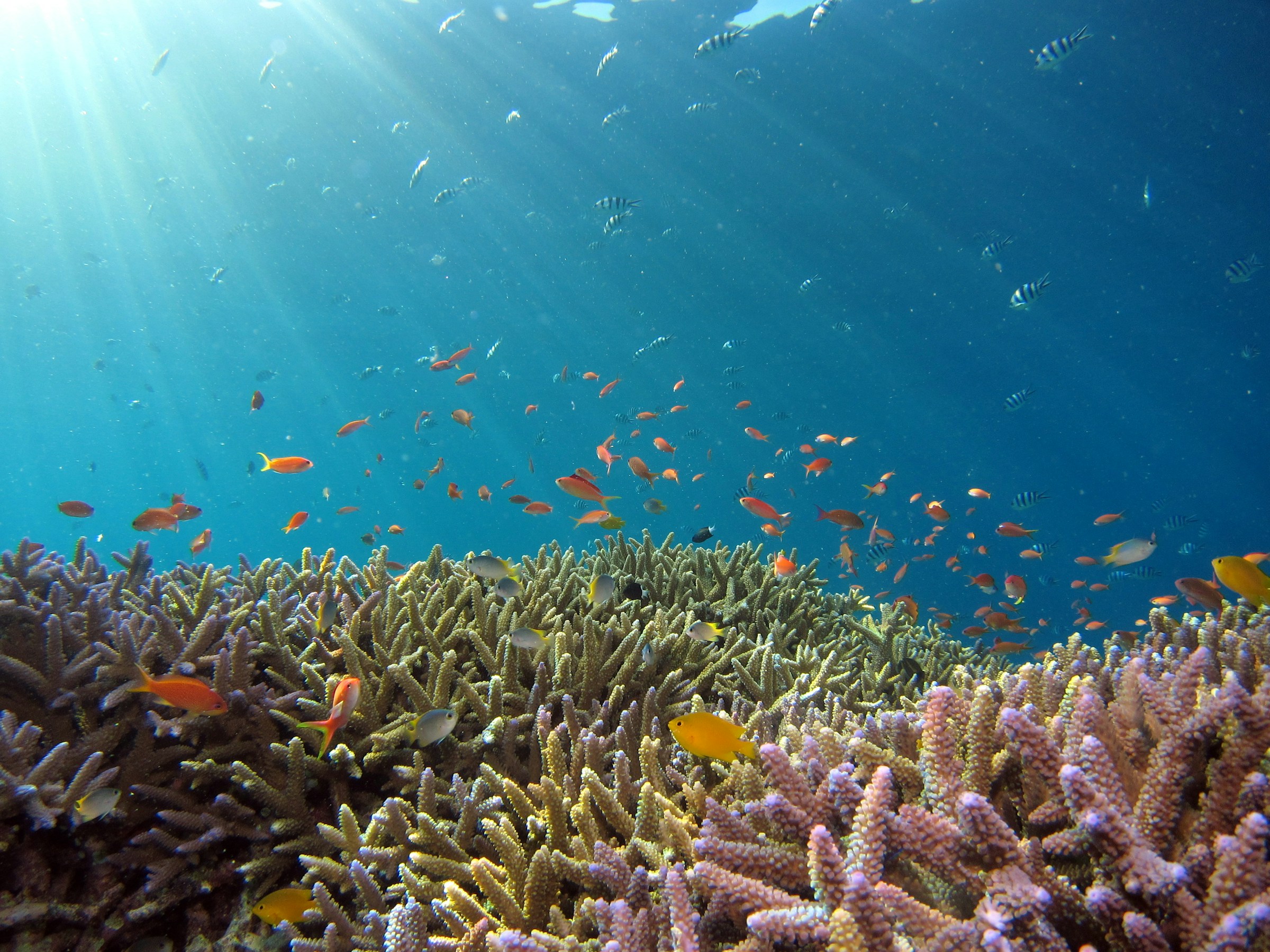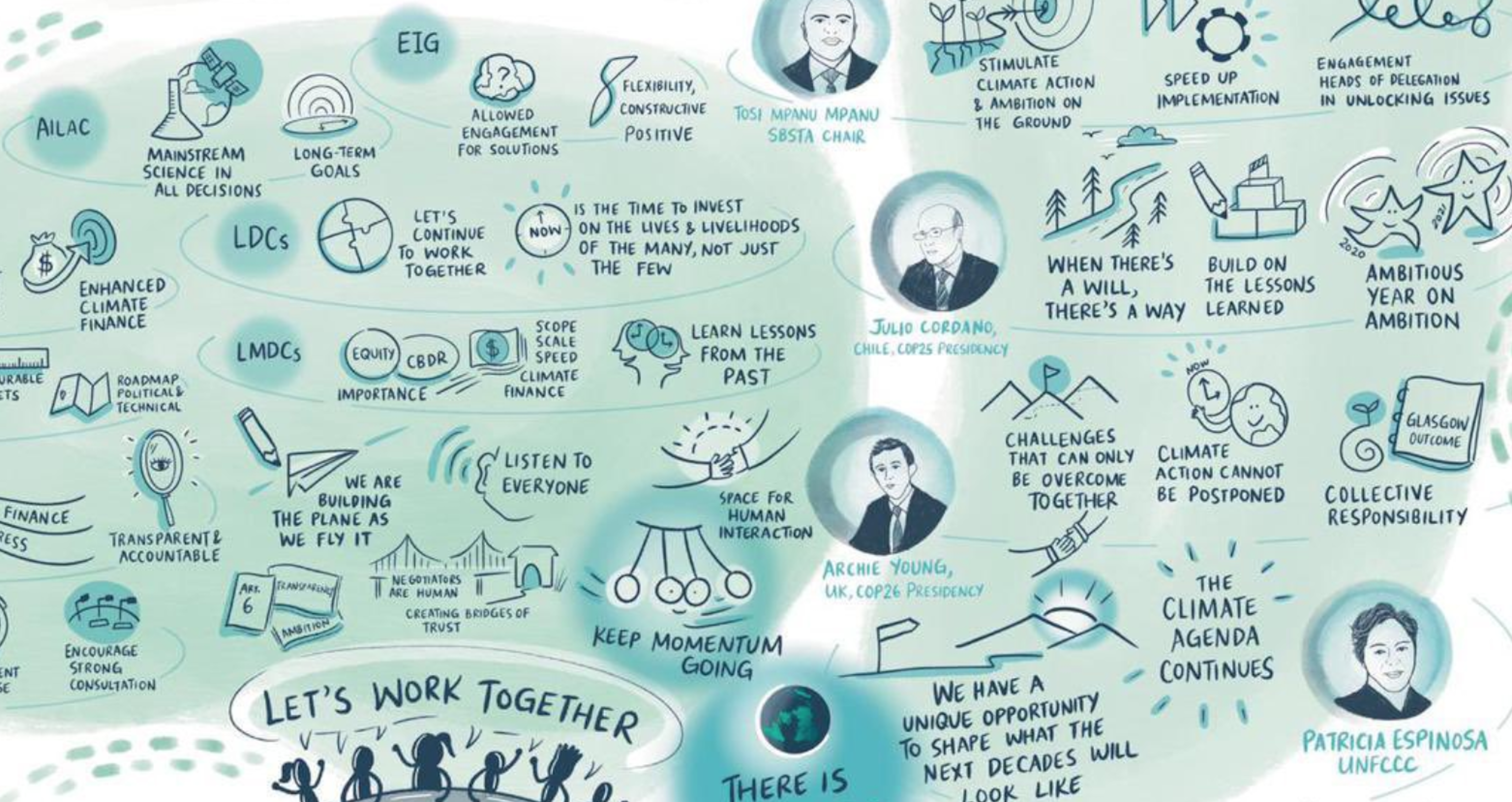The United Nations in July finalized the text that will form the basis for the first-ever global migration pact, recognizing climate change as a cause for migration.
Also known as GCM, the Global Compact For Safe, Orderly and Regular Migration, will cover all dimensions of international migration “in a holistic and comprehensive manner”, addressing, among other issues, causes of migration, means of protecting migrants and integrating them into new countries, means of returning them home, etc.
The process to develop an international, comprehensive agreement on migration at UN level started in April 2017, after this goal was set in the New York Declaration for Refugees and Migrants, adopted by the General Assembly in September 2016.
The current normative framework on international migration is fragmented into several instruments, conventions, and protocols, which has been ratified in varying
degrees by countries. They deal with particular aspects of the phenomenon, such as the protection of refugees (the Refugee Protocol of 1967), the rights of migrant workers (the 1990 Migrant Workers Convention) or the measures to combat human trafficking (the 2000 Human Trafficking Protocol).
The Global Compact will be “the first comprehensive framework on migration the world has ever seen”. According to Miroslav Lajčák, President of the 72nd session of the United Nations General Assembly, it “can help us to draw out the benefits of migration, and mitigate the risks. It can provide a new platform for cooperation. And it can be a resource, in finding the right balance between the rights of people and the sovereignty of States”.
According to Reuters, the non-binding agreement was approved by all 193 UN members except the United States which quitted the negotiations in 2017 saying it was not compatible with US sovereignty.
Louise Arbour, UN Special Representative for International Migration, defined the draft agreement as “a flexible and forward-looking document, recognising that the configuration of migration will evolve and that we must have a framework by which to address both today’s challenges and tomorrow’s opportunities”.
The final text recognized climate change as a cause for migration, outlining ways for countries to cope with communities that are displaced by natural disasters as well as “slow onset events” like drought, desertification and rising seas. In particular, countries commit to “cooperate to identify, develop and strengthen solutions for migrants compelled to leave their countries of origin due to slow-onset natural disasters, the adverse effects of climate change, and environmental degradation, such as desertification, land degradation, drought and sea level rise, including by devising planned relocation and visa options, in cases where adaptation in or return to their country of origin is not possible”.
In recent years, several examples have emerged of how climate-related events, extreme weather and environmental degradation are forcing people to move and escape unbearable living conditions.
According to a recent report by UN development agency, a prolonged drought from 2006 to 2010 in the Arab region led to the displacement of four million people in Somalia and fueled mass internal migration from rural to urban areas in Syria, exacerbating social tensions which sparked into civil war in 2011-2012.
For population living in low-lying islands, sea level rise and coastal erosion are a direct threat to the minimum conditions necessary to live in their home countries. In 2014, the government of Kiribati purchased a portion of land on the Fijian island of Vanua Levu potentially for the purpose of moving its population there “if their country is submerged by the rising sea level”.
The formal acknowledgment of climate change as a migration driver is a breakthrough and “the beginning of a long process”, according Walter Kaelin from the Platform on Disaster Displacement, a group that advocated for climate change to be included in the GCM.
“With the Compact, the international community will, for the first time, make specific commitments to not only address disasters and climate change as drivers of migration but also to protect those who are compelled to leave their countries because of such events”, Kaelin explained. “This is a real breakthrough for people at risk of displacement because of floods, earthquakes, droughts, rising sea levels and other disasters and adverse effects of climate change. However, making these moral, rather than legal commitments a reality will be difficult and require strong efforts by all stakeholders”.
The formal adoption of the Global Compact for Safe, Orderly and Regular Migration is due during an intergovernmental conference hosted by the Kingdom of Morocco on 10 and 11 December 2018.
Read more:
The section dedicated to the Global Compact for Safe, Orderly and Regular Migration (GCM) on the UN website
Final Draft of the Global Compact for Safe, Orderly and Regular Migration
The official text of the New York Declaration for Refugees and Migrants






